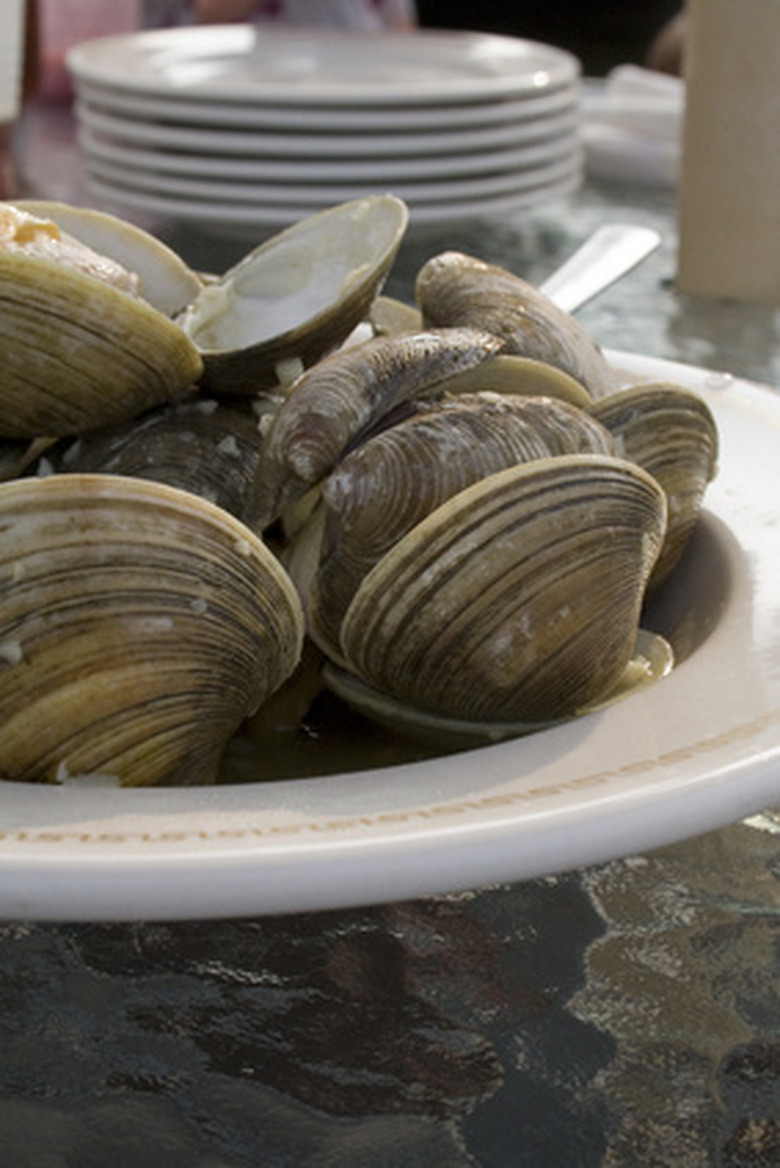How To Compost Clam Shells
Things Needed
-
Clam shells
-
Rocks
-
Dish towels
-
Compost pile
-
Shovel
-
Water
-
Nitrogen and carbon compost ingredients
Composting at home is practically more beneficial for you rather than the environment; it helps you save money, provides rich soil for your garden and finds a place for smelly household waste. The main components of compost piles are nitrogen, carbon, oxygen and water. When it comes to what you can compost, there are hundreds of options. If you eat a lot of seafood at home, you can even compost your shellfish shells. Clams, for instance, help reduce the acidity in the compost, balancing out the natural pH. It is important to prepare and incorporate them correctly into the compost.
Step 1
Clean the clam shells thoroughly after using them. Set them on a sturdy solid surface like a work bench or a concrete driveway. Lay a dish towel over them. Use a large rock (or some other large object that can crush shells) to hit the clam shells until they have been crushed to a sort of gravel. Sweep up the crush clam shells into a bucket or bag.
Step 2
Apply a couple layers of carbon content (dry leaves, hay, twigs, brush, coffee grounds, and much more) to the compost bin in a 6-inch layer. Next apply a layer of nitrogen content (grass clippings, vegetable and fruit scraps and manure) about 4 inches thick.
Step 3
Add the layer of clam shells on top of the nitrogen content. Next cover the shells with a 2-inch layer of manure and soil equal parts mixture. Continue to build the compost pile like this.
Step 4
Add water content to the compost pile about twice a week. The point is to keep it damp but never saturated, as water is essential to the composting process but too much can make it fail. A key to remember is to pick up a fistful of compost. If you squeeze it and no water drops come out, it is too dry. You want a couple water drops to emerge.
Step 5
Sift the compost pile with a pitchfork every two days to encourage air circulation, which is necessary for the composting process.
